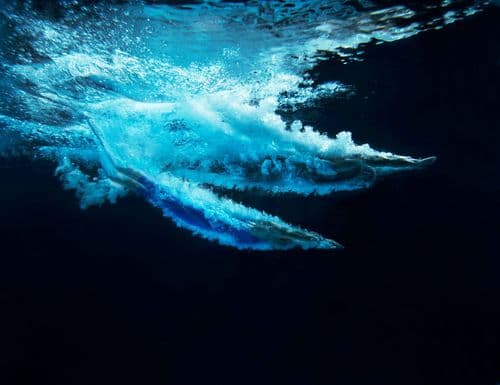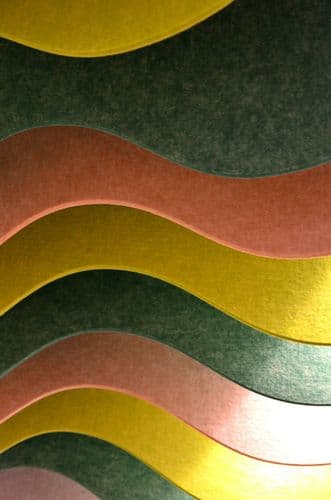Key Points
- Circular from day one: aluminium bottles cleaned, sterilised and refilled in-house; glass was rejected for breakage, steel for rust risk at start-up budgets.
- Friction-light loop: customers reorder, use the same box and a prepaid label; ~70% of bottles are returned without incentives.
- Packaging by design: thicker board and dividers from Pratt Industries prevent dents; ~80% of boxes are reused, typically for ~5 round trips.
- Scale constraint: reverse-logistics costs remain the main hurdle until shared washing hubs exist beyond Ohio.
- Product roadmap: deeper hair-care range plus 1-gallon bulk options to cut shipments and emissions; BCorp and 1% for the Planet credentials in place.
Full interview with Plaine Products
Can you describe the initial challenges you faced when setting up a business model based on a circular economy, particularly in a market dominated by single-use plastics?
The idea of reuse was a novel one when we were getting started in 2016. We needed to find bottles that could safely be reused and a manufacturer that was comfortable filling used bottles. The second one proved more challenging, but we were able to secure an in-person meeting with the manufacturer we selected and they were impressed enough with our mission and our cleaning plan that they agreed to give us a try.
An additional challenge continues to be education and awareness around the safety of reuse. Unfortunately, there was a lot of misinformation around reuse during the Covid pandemic. A narrative that disposables were safer became dominant. However testing has shown that metal, because it can be cleaned and sterilised, is always a safe choice.

What led you to choose aluminum for your refillable bottles over other materials? Were there any significant drawbacks or considerations in making this choice?
We originally looked at stainless steel, but due to our limited start-up budget, we couldn’t afford a high enough quality of steel that didn’t have rust concerns. We didn’t select glass because we were worried about breakage concerns in wet showers. Aluminum proved to be the best material, providing a lighter shipping weight, a material that was easy to clean and sterilise, and a high recycling rate once the bottles could no longer be reused.

Engaging consumers in a refill and return system requires a shift in behavior. What strategies have you implemented to encourage and simplify participation in your system?
Educating customers on a new way to purchase goods continues to be a challenge. While we have a compelling story to tell, and a process that makes reuse convenient, it takes a little longer to explain how Plaine Products works.
Here’s the process we designed to make it as easy as possible to reuse:
1/ Order products from Plaine Products you have the option to add a pump if it is your first order.
2/ When you return to our website for a refill bottle a few months later, you can skip the pump but let us know you do need a return label for your empty bottle.
3/ You use the box the refill bottle arrives in to return your empty bottle for free.
We receive about 70% of our bottles back without providing any additional incentive to our customers. The rate has dropped by around 5% as our wholesale partnerships grow. Due to the extra step required, we don’t receive back as many bottles from those partnerships.

Could you elaborate on the development process with Pratt Industries for your eco-friendly packaging? What were the key factors in designing packaging that eliminates the need for additional fill?
Our box design is important for two reasons. Large dents mean those bottles have to go out of circulation and into the recycling stream. For the best use of resources, we want to be able to reuse our bottles for as long as possible, reuse is much less energy-intensive than recycling, so we want the boxes to provide maximum protection during shipping. Thus, we opted for thicker cardboard exteriors. We also use internal dividers to provide additional protection.
Because our customers use these boxes to return empty bottles, we didn’t want a lot of loose fill that would either feel messy or if it was lost, mean the box would not be able to effectively protect the bottles as they are being returned. Also, since the boxes come back to us and we are able to continue to reuse them several times, we are able to spread out the higher box costs over several purchases. We can reuse approximately 80% of the boxes that are returned. Most of them make around 5 trips to and from the warehouse.

What are the biggest obstacles you face in scaling up your business model while maintaining your commitment to sustainability and ethical practices?
Right now the largest obstacle to reuse is shipping cost. It is not ideal to bring all of the bottles back to our headquarters in Ohio for washing and consolidation. However, as the reuse model grows, increased infrastructure and shared washing facilities will be able to solve this problem. Reuse is where clean energy strategies were 40 years ago, right now it is more expensive, but there are economies of scale that are possible that will solve that problem eventually.

Looking forward, what new initiatives or product lines are you considering to expand your impact within the sustainable products market?
Plaine Products continues to expand further into hair care and styling products. We’ve recently added a styling gel, deep conditioner, and hair repair to our popular shampoo and conditioner. We have plans for a purple-hued shampoo for blonde, silver, and gray-haired customers, as well as a sea salt spray.
We’ve also recently added a one-gallon bulk option for customers who go through large amounts of product in a short time to reduce shipping costs and emissions.
About Plaine Products
Plaine Products is on a mission to eliminate single-use plastic from the bathroom by offering products that are vegan, cruelty-free, biodegradable, color-safe, and free of parabens, sulfates, and toxins. Plaine Products come in aluminum bottles that can be sent back and refilled time after time. Based in Cincinnati, Ohio, and founded in 2017, Plaine Products is BCorp and a member of 1% for the Planet. Founded by two sisters, Plaine Products is proud to be reducing waste and helping stop the spread of single-use plastics.








